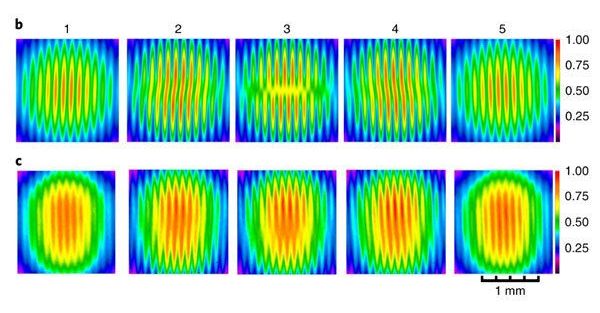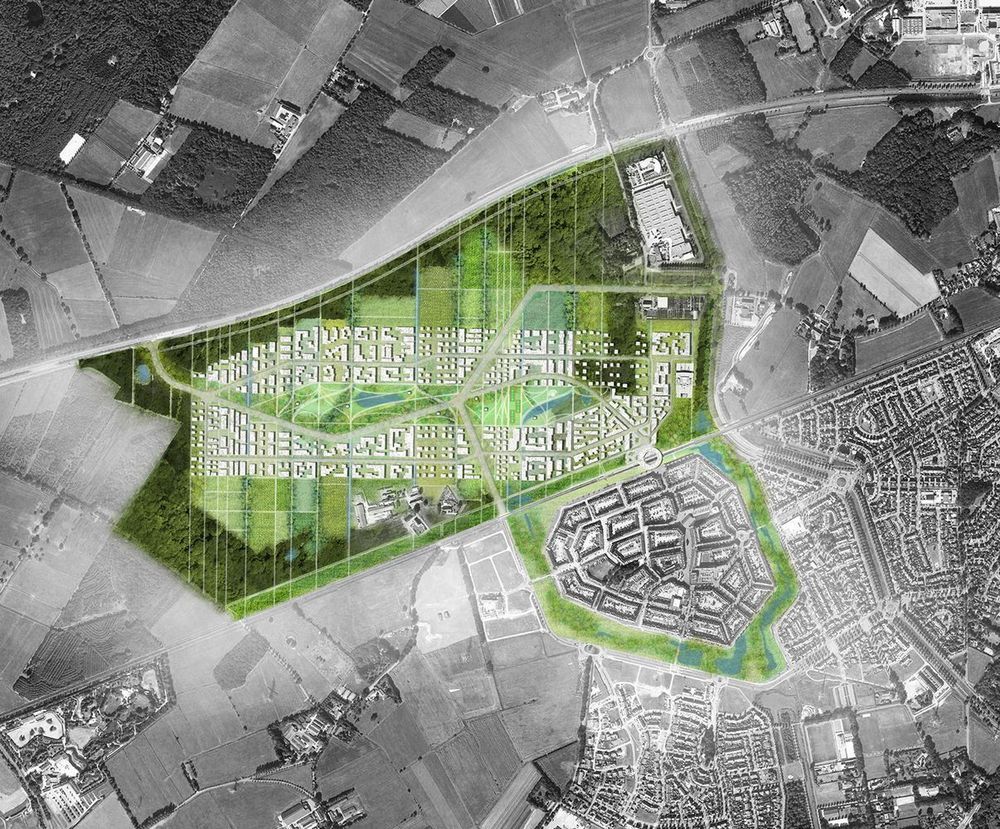Stone tools reveal continuous settlement in northern India.



For 20 years, researchers have studied how light rotates around a longitudinal axis parallel to the direction light travels. But could it move in other ways? After two years of research, and thanks to a sabbatical, University of Dayton researchers Andy Chong and Qiwen Zhan became the first to create a new “state of light”—showing it also can rotate around a transverse axis perpendicular to the direction light travels, like a cyclone.
Nature Photonics, an international publisher of top-quality, peer-reviewed research of light generation, manipulation and detection, published their findings Feb. 24.
“The sabbatical allowed us the time to fully concentrate on this research and was very instrumental in putting us in a position to make this discovery,” Chong said.


Ellen Lloyd — AncientPages.com — The Hopi await the return of Pahana, their lost white brother who will he will come back dressed in red and bring with him a missing section of a sacred Hopi tablet. Pahana will come from the East and convey people a new religion and peace.
Just like the Maya await the return of their white-bearded god Kukulkan who to the Aztecs was known as Queztalcoatl, the Hopi still await the return of Pahana.


Because the concept of smart cities is still very new, with rare finalized and implemented projects, the topic is still unclear. Although big titles and strategies are well defined, the on-ground application is still uncertain, giving us the opportunity to question its planning process. In fact, how can we go wrong when designing smart cities? What key element are we failing to address in the planning phase?
The answer is quite simple. While a lot of city leaders try to skip crucial planning phases to buy time and save money, they often tend to do so by reducing community involvement. Gathering data and implicating every citizen in order to expose the glitches and the needs of society is usually an extensive process. In fact, they would rather adopt basic technologies and generic master plans, than questioning the problems faced by citizens and generating a solution-based design. Governmental officials would prioritize tech over people and not the other way around. Evolving into common practice, many bureaucrats praise a bottom-up approach, but wouldn’t reach out to the less fortunate and the most marginalized part of the society.
How to Future-Proof Our Cities? 4 Key Initiatives to Increase Resilience.




Related: Sikorsky-Boeing’s SB-1 Defiant Helicopter Prototype Impresses Leaders in Demo
Defiant strikes an intimidating silhouette with its prominent X2 technology, which features a coaxial rotor system and a large rear propeller that replaces the tail rotor found on conventional helicopters.
Sikorsky-Boeing officials said the new aircraft design will be capable of flying at speeds of more than 200 knots, or 230 miles per hour, and maneuvering like a fine-tuned sports car.